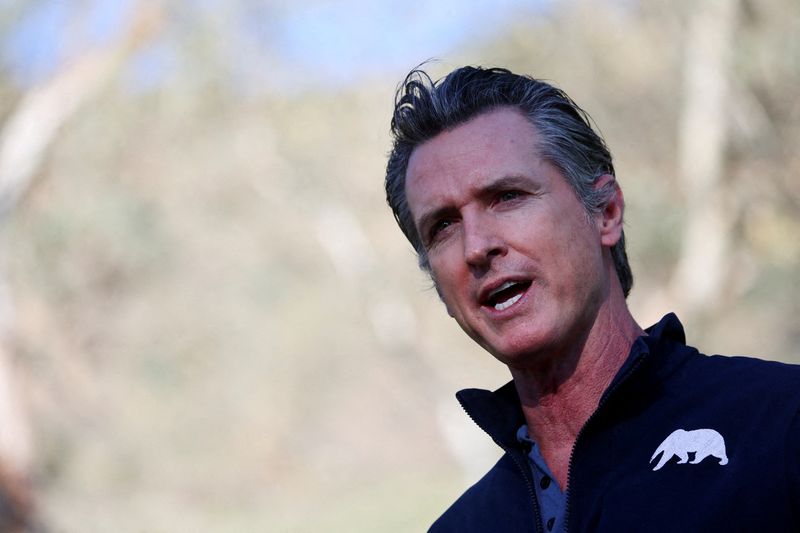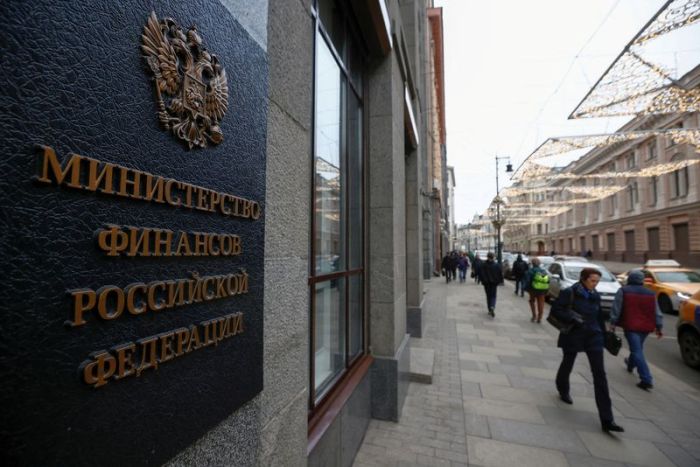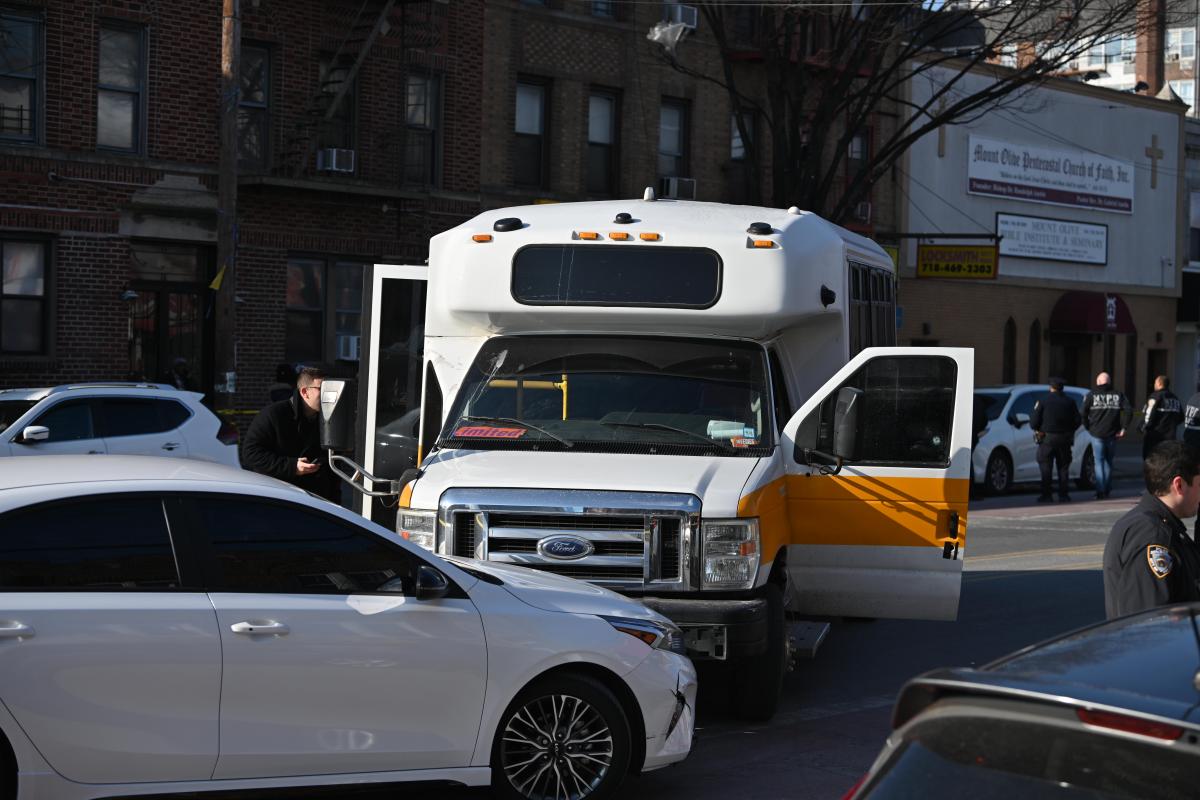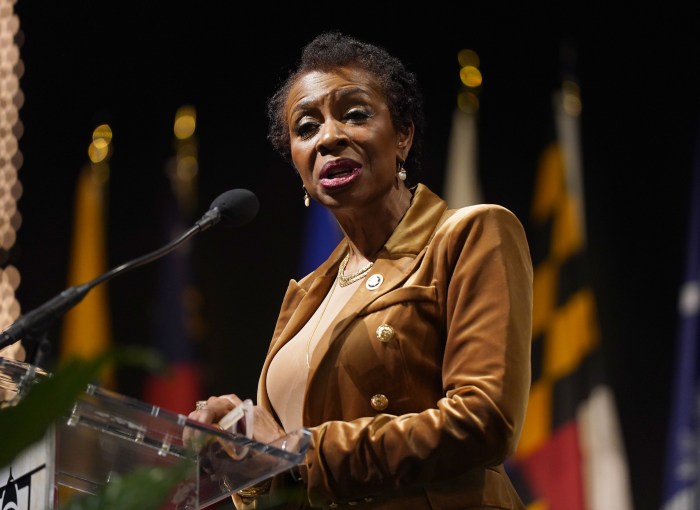(Reuters) -California is open to keeping its last remaining nuclear power plant running to maintain electric reliability as it transitions away from fossil fuels, a spokesperson for Governor Gavin Newsom said on Friday.
The statement marked an about-face for the state, which has been planning since 2016 to replace Diablo Canyon’s large generating capacity this decade with other carbon-free energy sources like solar, battery storage and wind.
It followed a Los Angeles Times interview with the governor published on Friday in which he said the state “would be remiss” not to apply for funding under a new $6 billion federal program aimed at helping nuclear power plants stay open.
California has a goal of producing all of its electricity from clean sources by 2045, but has faced challenges with its transition away from fossil fuels, including rolling blackouts during a summer heat wave in 2020.
Diablo Canyon provided 8.5% of California’s overall power needs in 2020 and is the state’s top source of emissions free electricity.
“The Governor is in support of keeping all options on the table to ensure we have a reliable grid,” Newsom spokesperson Erin Mellon said in an emailed statement. “This includes considering an extension to Diablo Canyon which continues to be an important resource as we transition to clean energy.”
Newsom supports the long-term closure of the plant, Mellon added.
If it applies for a portion of those funds, the facility owned by PG&E Corp could operate beyond its 2025 retirement date.
The decision on whether to apply for the funds is ultimately up to the plant owner, the statement said.
When asked if it planned to apply for the funds, PG&E said it was “always open to considering all options to ensure continued safe, reliable, and clean energy delivery to our customers.”
The utility has discussed the plant’s eligibility for the funding with the state, but has not been directed to pursue it, according to spokesperson Lynsey Paulo.
Applications for the first round of Department of Energy funding must be submitted by May 19.
MORE INVESTMENTS NEEDED?
Keeping the plant open would not be a simple decision.
The reactors’ operating licenses would have to be renewed by the Nuclear Regulatory Commission, which is typically a years-long process.
In November, a spokesperson for the California Public Utilities Commission (PUC) said that renewal would require upgrades to help the plant withstand earthquakes and to make changes to its cooling systems. Those investments would likely cost more than $1 billion.
The PUC approved the plant’s retirement in 2018, a decision that was supported by several labor unions and environmental groups. The agency did not immediately respond to a request for comment on Friday.
California’s challenges with grid reliability surfaced again this week. Newsom warned that 4,350 megawatts of planned solar energy and battery storage capacity that the state is relying on to come online between 2022 and 2024 may be delayed due to a Commerce Department investigation that could result in steep tariffs on imports of solar panels.
“Delays and interruptions of this magnitude hinder our efforts to combat climate change and threaten our ability to maintain energy reliability,” Newsom said in a letter to Commerce Secretary Gina Raimondo on Thursday, urging a prompt resolution to the probe.
(Reporting by Nichola Groom; Editing by Aurora Ellis, Kevin Liffey and Bill Berkrot)























